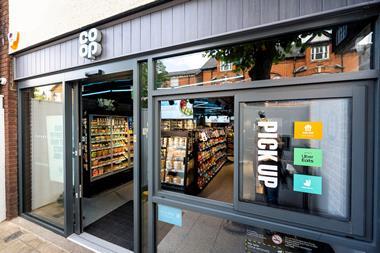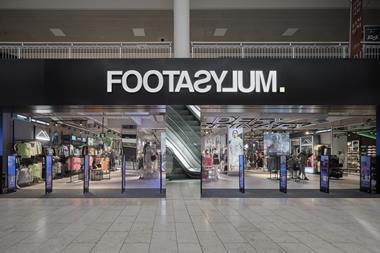The interesting point about this is that in the accompanying text explaining what you are about to look at, there is no mention of the word bank. Instead, the building is referred to as a “store”. This may be a matter of semantics, but at what point did banks cease to be banks and morph into “stores”?
The answer is probably that it happened at the same moment that high street banks ceased to refer to themselves in these terms and instead wanted to be known instead as “retailers”. This, as it happens, also ties in neatly with the recent tendency of these institutions to refer to themselves as “financial supermarkets”.
What follows may be pure pedantry, but it is born out of frustration. At Retail Week, the phone rings at least a couple of times a week with news that another bank is opening either a “store of the future”, a new flagship, or perhaps a different format. All of which may well be true, except that the nomenclature isn't.
Put simply, banks remain banks and shops are still shops. The notion that there has somehow been a convergence of the two and that it is now possible to go shopping in a bank doesn't stand up to close scrutiny. Consider the following. You walk into a shop, hand over some money and exit with a product.
Now imagine doing the same in a bank. You'd get as far as handing over the money, but the chances are still good that you'd leave with nothing more than a piece of paper saying that you'd left some money, irrespective of the “financial product” involved.
Internally, modern high street banks certainly have slicker interiors than was the case in the days of pinstriped gents waiting respectfully behind glass screens. Equally, it may now be possible to have a more informal chat with the bank manager. But these are still banks.
Even store designers have started to refer to banks as retailers. It's the kind of confusion that baffles and for which there is, honestly, no justification, other than marketing flim-flam. So let's hear it for shops and raise our caps to banks (at least to those that remain). However, make no mistake – they may look similar, but they do different jobs. Blending the two does not work – that way trouble lies.


























2 Readers' comments